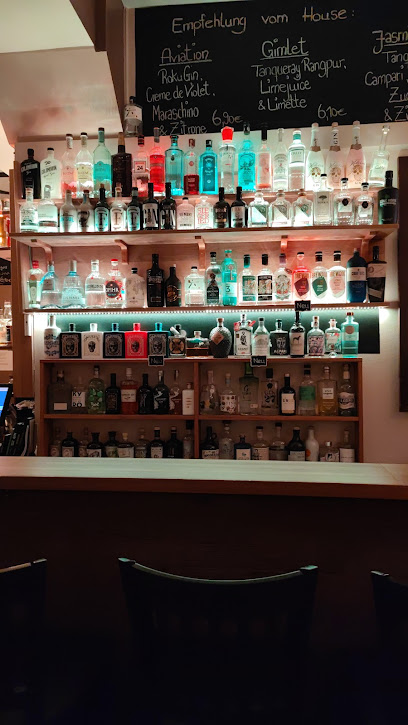
Dinglinger House: A Baroque Jewel in Dresden
Experience the grandeur of Baroque Dresden at the meticulously reconstructed Dinglinger House, a testament to the city's rich history and architectural brilliance, located in the heart of the Neumarkt.
The Dinglinger House, a meticulously reconstructed Baroque building on Dresden's Jüdenhof, stands as a testament to the city's rich history and architectural prowess. Originally designed by Matthäus Daniel Pöppelmann in the early 18th century for the esteemed jeweler Georg Christoph Dinglinger, brother of the famous Johann Melchior Dinglinger, it exemplifies the Zwinger style in residential architecture. Destroyed during World War II, the house was rebuilt in 2015-2016, incorporating original cellar elements. Its prime location near the Frauenkirche and Johanneum makes it a captivating landmark, embodying Dresden's commitment to preserving its cultural heritage. Today, the Dinglinger House invites visitors to admire its exquisite facade and immerse themselves in the stories of Dresden's golden age, offering a glimpse into the lives of the city's most celebrated artisans and the architectural brilliance of the Baroque era.
A brief summary to Dinglinger-Haus
- Jüdenhof, Dresden, Altstadt, 01067, DE
- Visit website
Local tips
- Explore the Neumarkt: The Dinglinger House is located in the heart of Dresden's Neumarkt, surrounded by other historical landmarks, restaurants, and shops. Take some time to wander through the square and soak in the atmosphere.
- Visit the Frauenkirche: Just a short walk from the Dinglinger House, the Frauenkirche is a must-see attraction. Climb to the top of the dome for panoramic views of the city.
- Discover the Green Vault: Explore the Green Vault, home to a stunning collection of treasures and masterpieces created by Johann Melchior Dinglinger and other renowned artists.
Getting There
-
Walking
The Dinglinger House is centrally located on Jüdenhof, within easy walking distance of most major attractions in Dresden's Altstadt (Old Town). From the Frauenkirche, walk north towards the Johanneum; the Dinglinger House is located adjacent to the Johanneum. From the Altmarkt, walk east towards the Frauenkirche, then continue as above. The area is pedestrian-friendly.
-
Public Transport
The closest tram stops are 'Altmarkt' (served by lines 1, 2, 4) and 'Pirnaischer Platz' (served by lines 1, 2, 3, 4, 7, 12). From either stop, it's a short walk to the Dinglinger House. Tram tickets cost approximately €2.50 for a single journey within Dresden's city zone. Purchase tickets from vending machines at the stops or inside the trams.
-
Taxi/Ride-Share
Taxis and ride-sharing services are readily available throughout Dresden. A short ride from Dresden Hauptbahnhof (main train station) to the Dinglinger House will cost approximately €10-€15, depending on traffic. Be sure to specify 'Jüdenhof' as your destination.
-
Driving
Parking in the immediate vicinity of the Dinglinger House is limited. Several parking garages are located within a 5-10 minute walk, including the Q-Park Frauenkirche/Neumarkt (maximum daily fee €28) and the Tiefgarage Wöhrl/Florentinum (each started hour from €2, day max €22). Consider parking at one of these garages and walking the remaining distance. Be aware that the Altstadt is a pedestrian zone, and access by car is restricted.
Discover more about Dinglinger-Haus
Iconic landmarks you can’t miss
Dinglinger-Haus
0.0 km
Experience the grandeur of Baroque Dresden at the meticulously reconstructed Dinglinger House, a testament to the city's rich history and architectural brilliance, located in the heart of the Neumarkt.
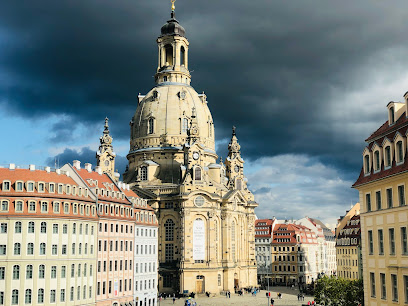
Dresden Armory
0.2 km
Discover a dazzling collection of ceremonial arms, armor, and Ottoman treasures inside Dresden Castle, revealing centuries of Saxon power and artistry.
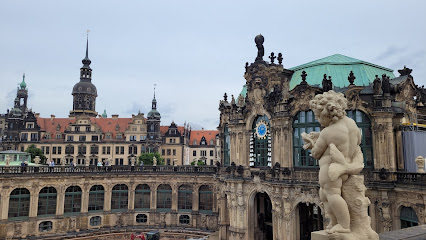
Statue des Hl. Dominikus
0.2 km
Discover the Statue of St. Dominic in Dresden's Stallhof, a serene monument amidst Renaissance splendor, offering a glimpse into the city's rich religious and artistic heritage and historical charm.
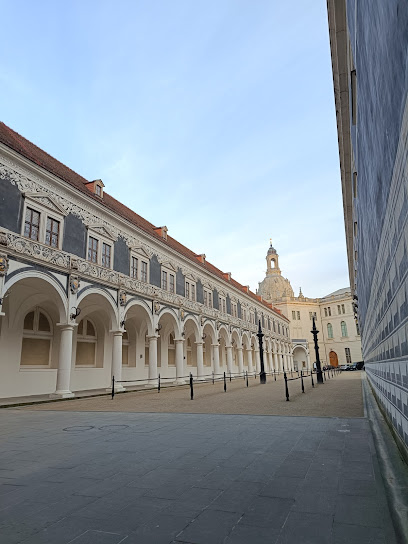
Friedrich August II Koenig Von Sachsen
0.2 km
A regal monument in Dresden's heart, commemorating King Friedrich August II and Saxony's rich history amidst the stunning architecture of the reconstructed Neumarkt.
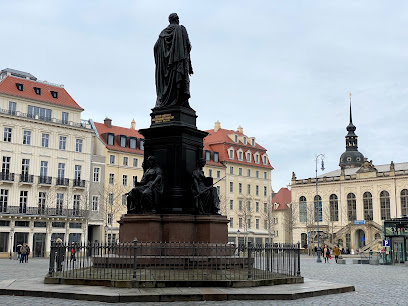
Altmarkt 1
0.2 km
Discover Dresden's historic heart at the Altmarkt, a vibrant square hosting the famous Striezelmarkt and surrounded by cultural landmarks, offering a blend of history and modern-day appeal.
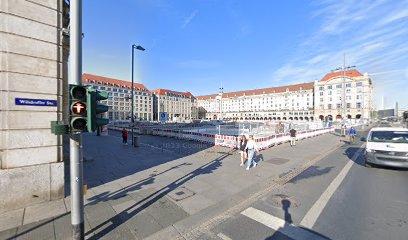
Schloßpl.
0.2 km
Experience Dresden's royal legacy at Schloßplatz, a meticulously restored square surrounded by architectural masterpieces and steeped in Saxon history.
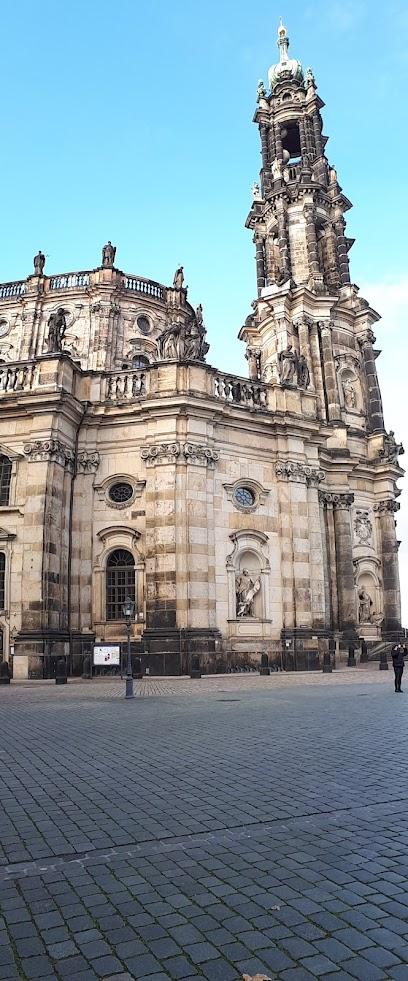
Großer trauernder Mann
0.3 km
A poignant bronze sculpture in Dresden, the Großer Trauernder Mann serves as a powerful memorial to the victims of the WWII bombing, inviting reflection on loss and resilience.
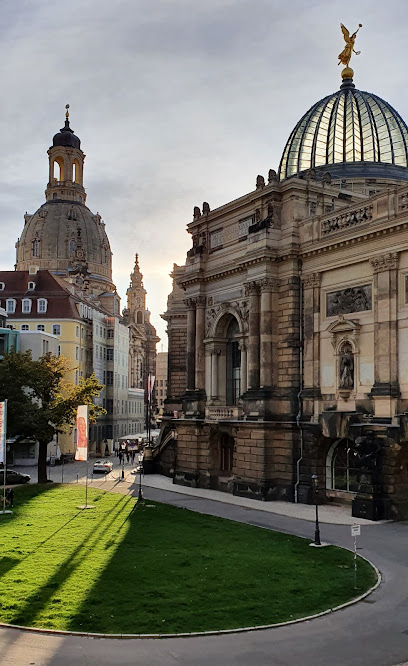
Statue of King Johann
0.3 km
A majestic equestrian statue honoring King Johann of Saxony, a prominent figure in Dresden's history, located in the heart of the city's cultural district on Theaterplatz.
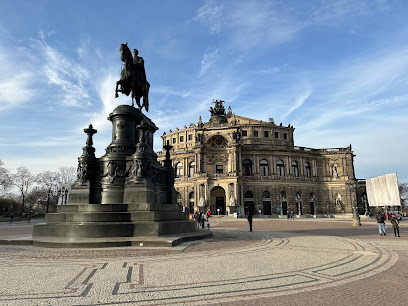
Old Masters Picture Gallery
0.4 km
Discover masterpieces from the Renaissance to the Baroque at Dresden's Old Masters Picture Gallery, home to Raphael's Sistine Madonna and a world-class collection of European art.
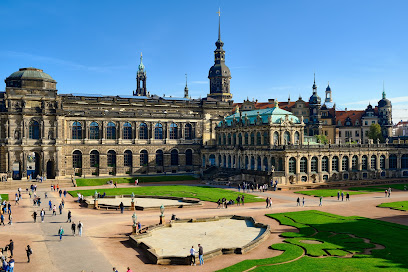
Festung Xperience (Festung Dresden)
0.4 km
Unearth Dresden's hidden past at Festung Xperience: an immersive journey through 450 years of history within the city's ancient fortress walls, featuring 360° projections and 3D sound.

Theaterplatz
0.4 km
Discover the vibrant Theaterplatz in Dresden, a cultural gem surrounded by stunning architecture and home to the renowned Semper Opera House.
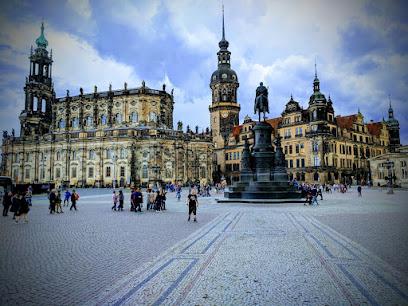
Dresden Zwinger
0.4 km
Discover the architectural brilliance and artistic treasures of Dresden Zwinger, a stunning Baroque masterpiece and cultural hub in Germany.
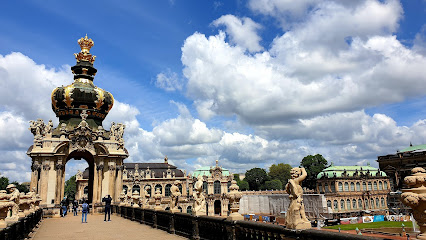
Zwinger
0.4 km
Discover the Baroque splendor of Dresden's Zwinger Palace, home to world-class art collections and stunning architecture, a testament to Saxony's rich history and artistic heritage.

Augustus Bridge
0.4 km
Explore the Augustus Bridge in Dresden, a stunning Baroque architectural marvel connecting the city's historic districts with breathtaking views of the Elbe River.
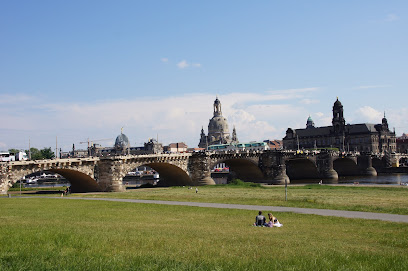
Memorial for Ludwig Richter (1898; Victor Eugen Kircheisen)
0.4 km
Explore the Memorial for Ludwig Richter in Dresden, a serene tribute to the acclaimed German painter surrounded by beautiful gardens and historical significance.
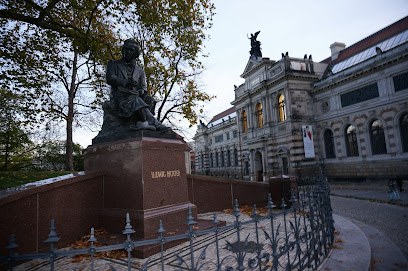
Unmissable attractions to see
Stallhof
0.1 km
Discover the historical elegance of Stallhof in Dresden, a Renaissance gem that captures the essence of the city's rich cultural heritage.
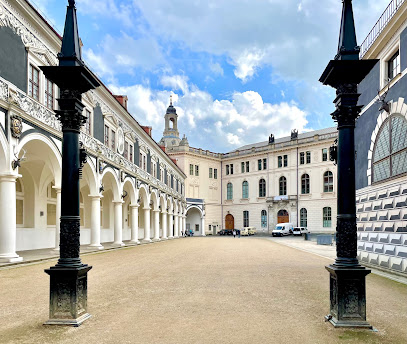
Neumarkt
0.1 km
Explore the historic Neumarkt Square in Dresden, where stunning architecture meets vibrant local culture and culinary delights.
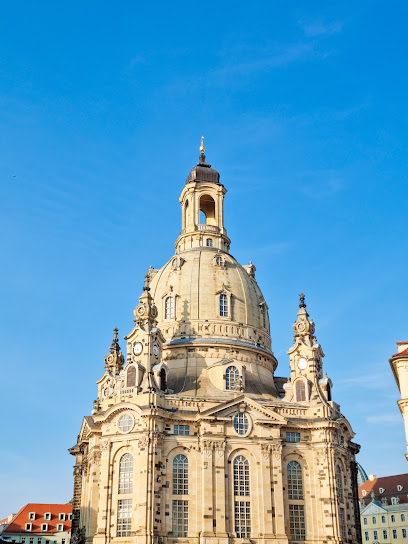
Neumarkt Dresden
0.1 km
Explore the historic charm of Neumarkt Dresden, a vibrant square filled with stunning baroque architecture, cultural events, and delightful cafes.
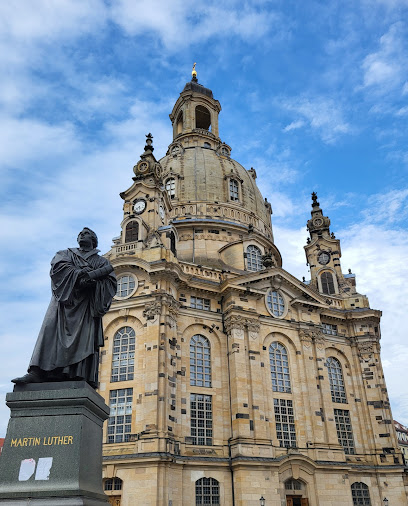
CAMONDAS Schokoladenmuseum Dresden
0.1 km
Discover the enchanting world of chocolate at CAMONDAS Schokoladenmuseum Dresden, where history and indulgence blend seamlessly.
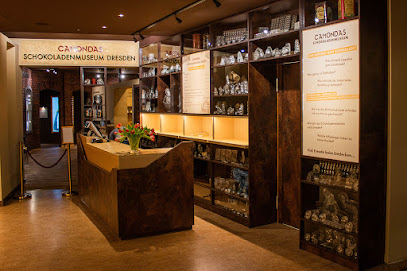
Fürstenzug
0.1 km
Explore the Fürstenzug in Dresden, a stunning porcelain mural showcasing the lineage of Saxony's rulers and a key historical landmark.
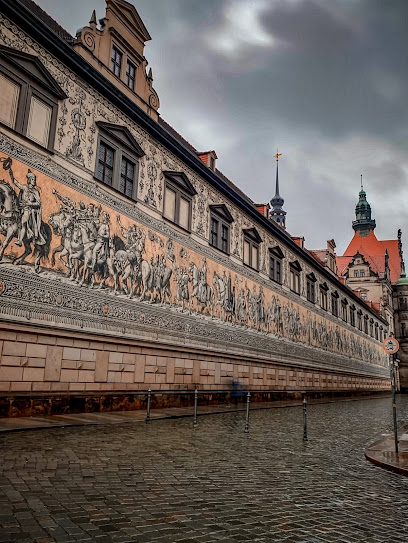
Schlossportal in der Schlossgasse
0.1 km
Explore the stunning Schlossportal in Dresden, a historical landmark that showcases exquisite Baroque architecture and the rich history of Saxon royalty.
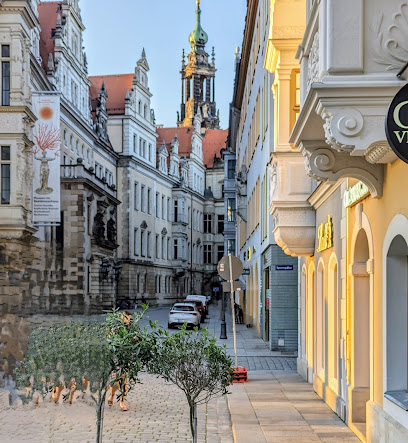
Palace of Culture
0.1 km
Experience the artistic heart of Dresden at the Palace of Culture, a vibrant hub for concerts, theater, and shopping in a stunning architectural setting.
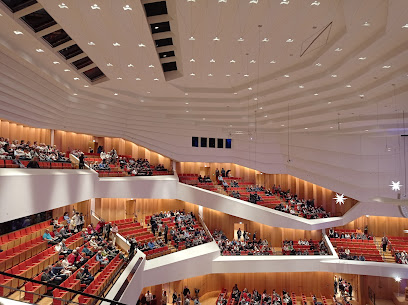
Martin Luther Statue
0.1 km
Explore the historic Martin Luther Statue in Dresden's Neumarkt Square, a symbol of the Protestant Reformation and architectural beauty.
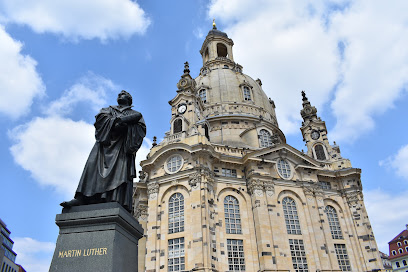
SKD | Dresden Armory
0.2 km
Uncover the fascinating history of arms and armor at SKD | Dresden Armory, a premier destination for culture and heritage lovers in Dresden.
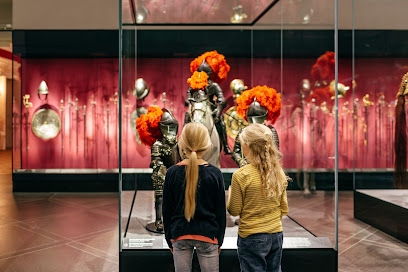
Frauenkirche Dresden
0.2 km
Discover the breathtaking Frauenkirche in Dresden, a Baroque masterpiece symbolizing resilience and beauty in the heart of the city.
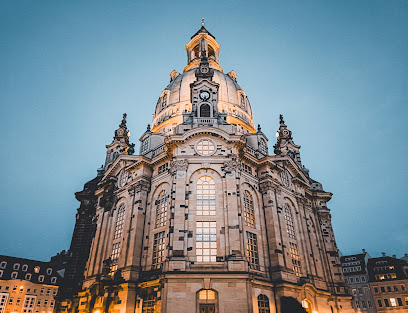
Dome ascent Frauenkirche Dresden
0.2 km
Discover breathtaking views and rich history at the Frauenkirche Dome in Dresden, a must-visit tourist attraction for every traveler.
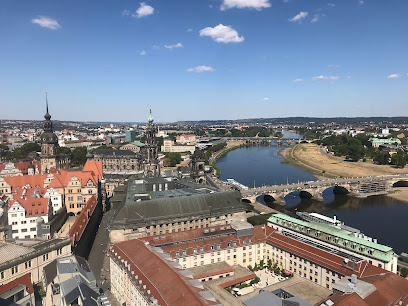
Altstadt Dresden
0.2 km
Explore the historic Altstadt Dresden, where stunning architecture meets rich cultural heritage, offering a unique travel experience in Germany.
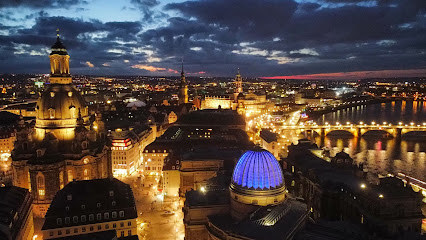
Denkmal "Friedrich August dem Gerechten"
0.2 km
Explore the grandeur of the Denkmal Friedrich August dem Gerechten, a historic monument reflecting Dresden's rich cultural heritage and architectural elegance.
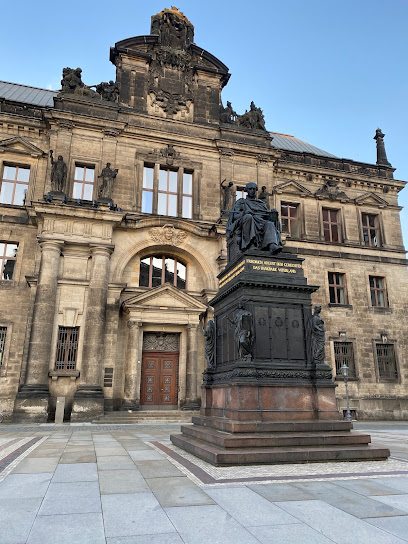
Dresden Castle
0.2 km
Explore the rich history and stunning art collections at Dresden Castle, a magnificent landmark in the heart of Germany's cultural capital.
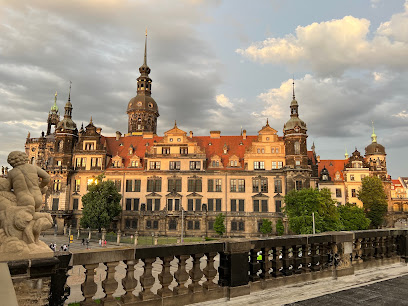
SKD | Staatliche Kunstsammlungen Dresden
0.2 km
Explore the rich artistic heritage of Staatliche Kunstsammlungen Dresden, a cultural gem in the heart of Germany's historic city.
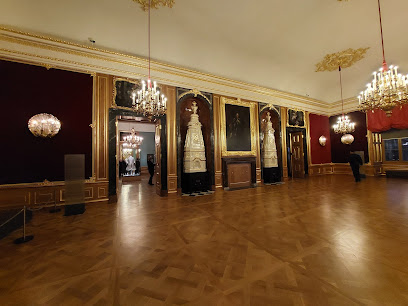
Essential places to dine
Restaurant Wohnstube
0.1 km
Experience the fusion of local flavors and modern cuisine at Restaurant Wohnstube in Dresden.
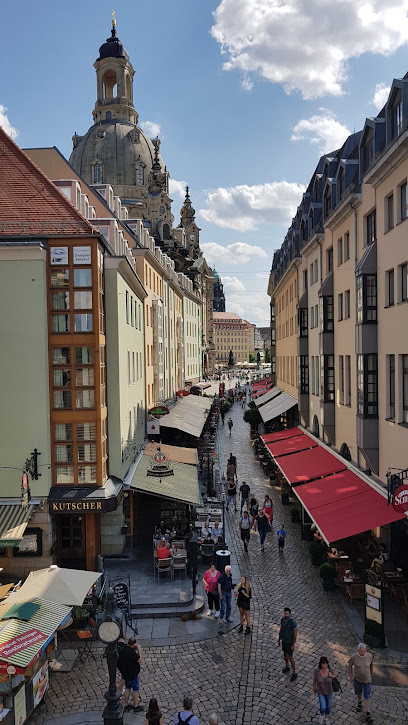
Restaurant Platzhirsch am Schlosseck
0.1 km
Experience authentic German cuisine in the heart of Dresden at Restaurant Platzhirsch am Schlosseck - where tradition meets modernity.
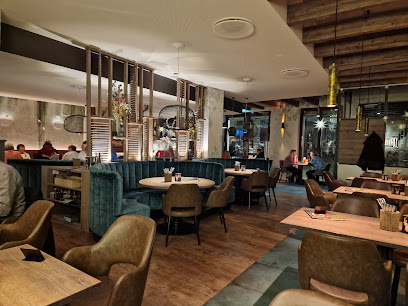
DRESDEN 1900 Museumsgastronomie
0.2 km
Experience Dresden's culinary heritage at DRESDEN 1900 Museumsgastronomie - a perfect blend of history and flavor.
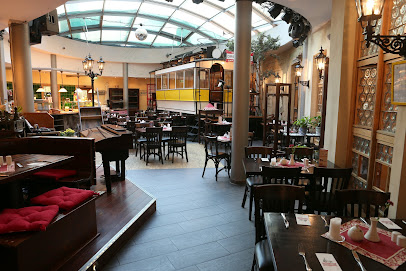
Paulaner´s im Taschenbergpalais
0.2 km
Discover authentic German cuisine at Paulaner’s im Taschenbergpalais in Dresden's historic Altstadt - where tradition meets elegance.
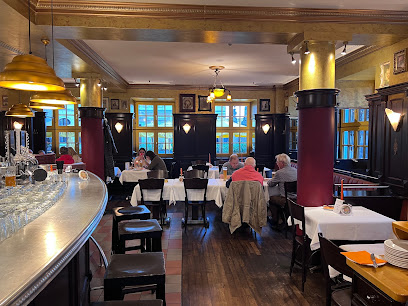
L'Osteria
0.2 km
Experience authentic Italian cuisine at L'Osteria in Dresden's Altstadt—delicious pizzas and warm hospitality await.
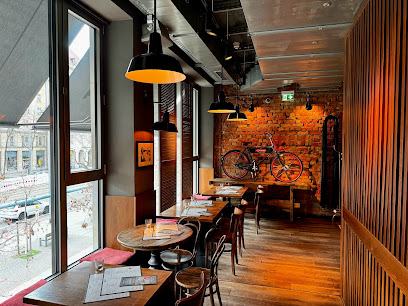
edelweiss - Alpenrestaurant
0.2 km
Savor authentic Swiss cuisine at Edelweiss - Alpenrestaurant in Dresden; where tradition meets taste in a stunning setting.
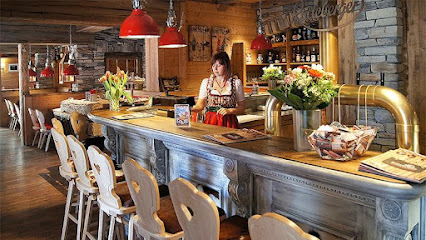
Restaurant de Saxe
0.2 km
Experience authentic German cuisine at Restaurant de Saxe, located in Dresden's historic Altstadt district.
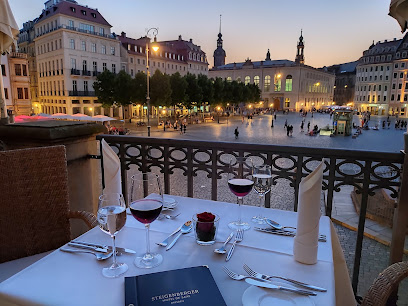
Ayers Rock
0.2 km
Experience authentic Australian cuisine in Dresden at Ayers Rock - where every meal is a flavorful adventure.
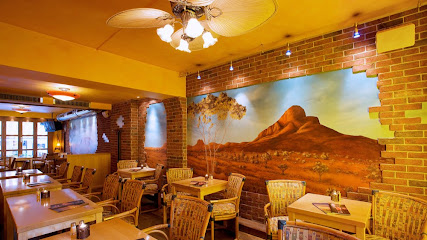
Kastenmeiers
0.2 km
Experience the finest seafood and sushi at Kastenmeiers, Dresden's top-rated fine dining destination nestled in the heart of Altstadt.
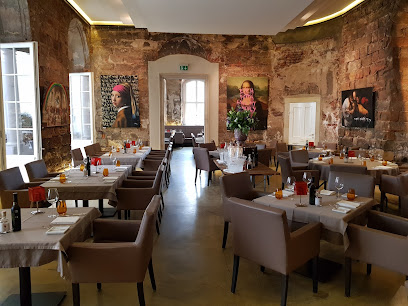
Kutscherschänke - Uriges Wirtshaus
0.2 km
Experience authentic German cuisine at Kutscherschänke - a rustic restaurant that captures the heart of Dresden's culinary scene.
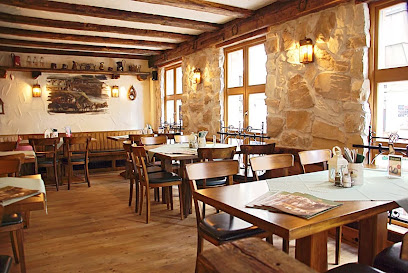
Augustiner an der Frauenkirche Restaurant
0.2 km
Savor authentic Bavarian cuisine and local brews at Augustiner an der Frauenkirche - where tradition meets taste in Dresden's vibrant heart.
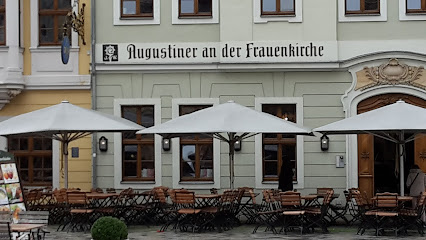
Pulverturm
0.2 km
Experience authentic German cuisine at Pulverturm in Dresden, where history meets flavor near the iconic Frauenkirche.
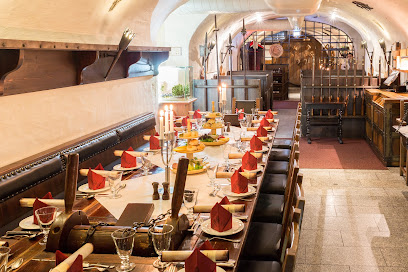
HANS IM GLÜCK - DRESDEN Altmarkt
0.2 km
Discover gourmet burgers at HANS IM GLÜCK - DRESDEN Altmarkt; where taste meets style in the heart of Dresden.
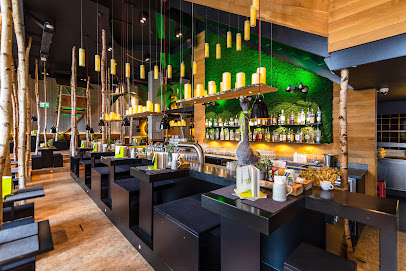
Restaurant Moritz
0.2 km
Experience exquisite local cuisine at Restaurant Moritz in Dresden's historic Altstadt - where tradition meets modernity.
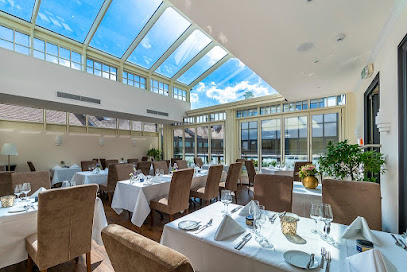
Coselpalais - Restaurant & Grand Café
0.2 km
Experience culinary excellence at Coselpalais - where traditional German flavors meet Mediterranean elegance in the heart of Dresden.
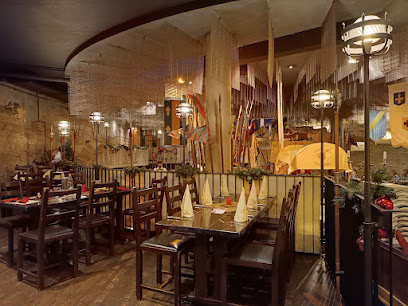
Markets, malls and hidden boutiques
Dresden Souvenirs
0.0 km
Discover unique souvenirs that capture the essence of Dresden's rich culture and history at Dresden Souvenirs, a must-visit gift shop in the heart of the city.
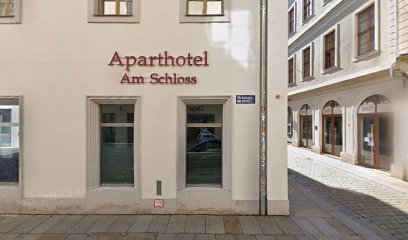
MUDDASTADT
0.0 km
Discover unique gifts and local crafts at MUDDASTADT, the ultimate souvenir shop in Dresden's historic Altstadt.
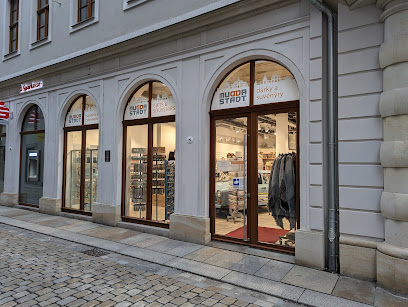
A. Lange & Söhne Boutique Dresden
0.1 km
Discover the elegance of German watchmaking at A. Lange & Söhne Boutique in Dresden, where craftsmanship meets timeless luxury.
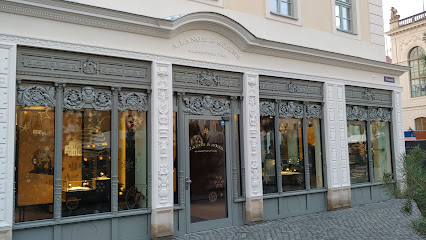
camel active Store Dresden
0.1 km
Explore stylish and durable casual clothing at the Camel Active Store in Dresden's enchanting Altstadt, perfect for fashion enthusiasts and tourists alike.
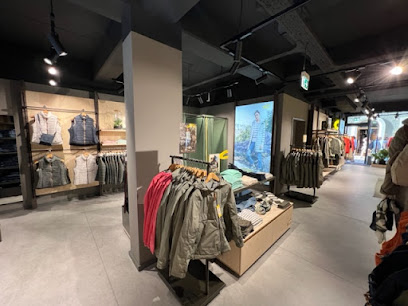
Lindt Boutique Dresden
0.1 km
Experience the exquisite world of chocolate at Lindt Boutique Dresden, where every bite is a moment of pure indulgence.
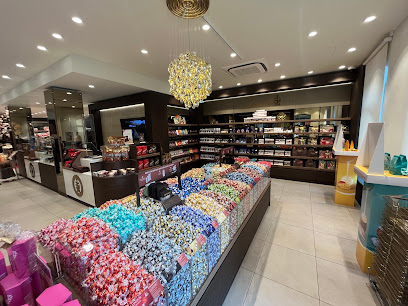
United Dresden GmbH
0.1 km
Discover unique souvenirs at United Dresden GmbH in the heart of Dresden's Altstadt, capturing the city's spirit and artistry.
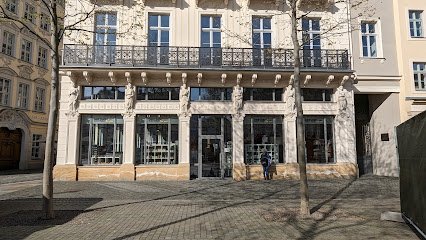
Dresden GIFTS + GOODS for you
0.1 km
Explore the heart of Dresden at GIFTS + GOODS, where local artisans offer unique souvenirs and treasures reflecting the city’s rich heritage.
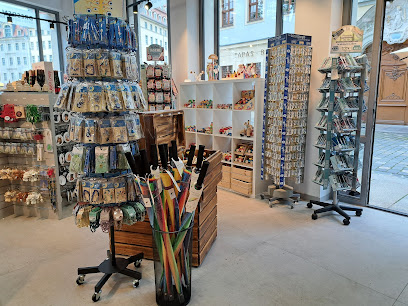
QF Passage Dresden
0.1 km
Discover QF Passage Dresden: A premier shopping mall blending luxury brands, delightful dining, and cultural experiences in the heart of the city.
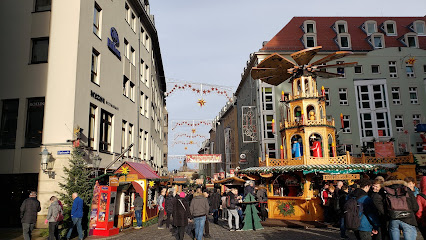
Hello Dresden
0.1 km
Explore Hello Dresden for unique souvenirs that capture the city's rich culture and history, perfect for every traveler.
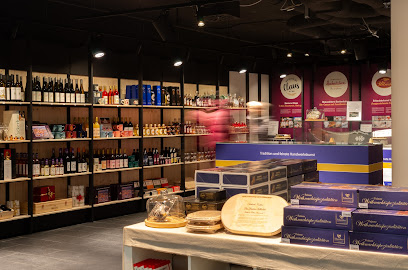
Wolford Boutique Dresden
0.1 km
Explore fashion elegance at Wolford Boutique Dresden, your destination for luxurious lingerie and chic women's clothing in the heart of the city.
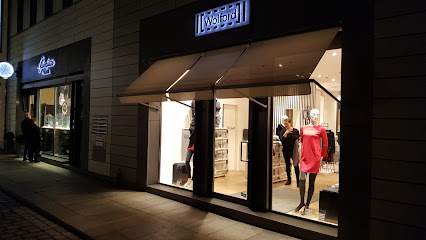
Glashütte Original Boutique Dresden
0.1 km
Discover the exquisite craftsmanship of luxury timepieces at Glashütte Original Boutique in Dresden's historic Altstadt.
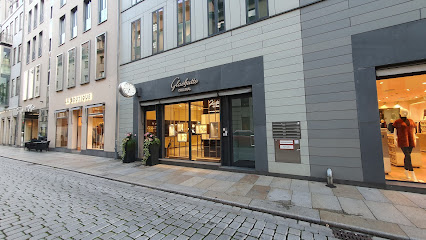
La Boutique Concept Store Dresden
0.1 km
Explore La Boutique Concept Store in Dresden for unique clothing, stylish handbags, and chic shoes that define contemporary fashion.
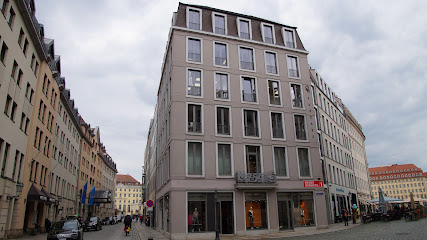
LA DONNA Exklusive Damenmode Dresden
0.1 km
Discover exclusive women's fashion at LA DONNA in Dresden, where style and elegance converge for an unforgettable shopping experience.
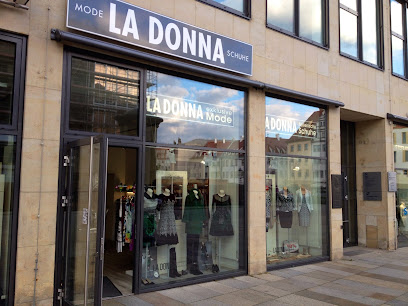
Cavalinho
0.1 km
Explore Cavalinho in Dresden for stylish clothing and accessories that blend contemporary fashion with regional heritage.
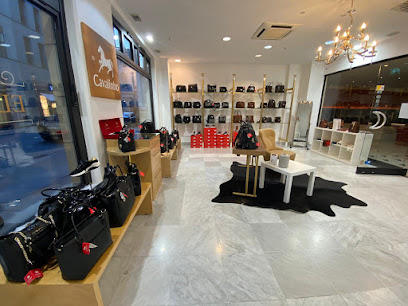
Silbermann Fashion GmbH
0.1 km
Discover exquisite clothing and custom tailoring at Silbermann Fashion in Dresden, where style meets craftsmanship for men and women.
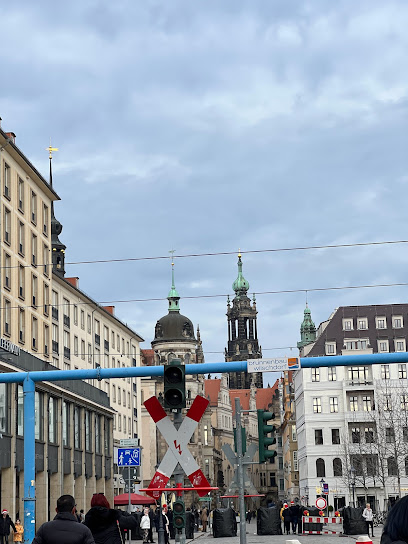
Essential bars & hidden hideouts
Schlossbar
0.1 km
Experience the elegance of Schlossbar in Dresden with exquisite drinks and a sophisticated atmosphere, perfect for unwinding after a day of exploration.
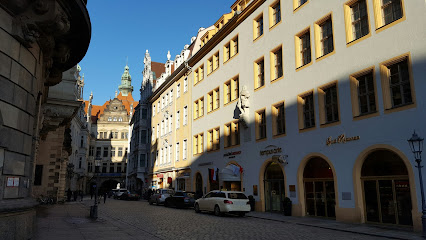
Roof-Top Bar im Vienna house
0.1 km
Discover the Roof-Top Bar in Vienna House: Where breathtaking views meet exquisite drinks in the heart of Dresden's vibrant nightlife.
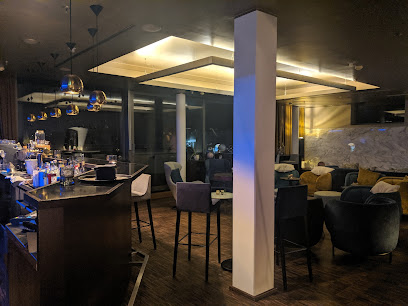
Champagner Lounge
0.2 km
Experience the elegance of Champagner Lounge in Dresden, where a remarkable champagne selection meets a vibrant nightlife atmosphere.
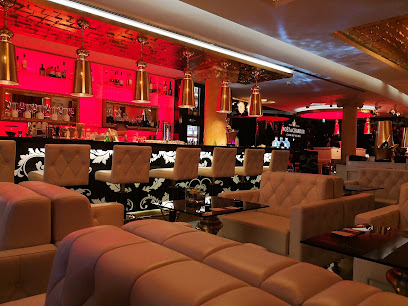
Shamrock Irish Bar & Restaurant
0.2 km
Discover Shamrock Irish Bar & Restaurant - an authentic Irish pub in the heart of Dresden, offering delightful cuisine and a lively atmosphere.
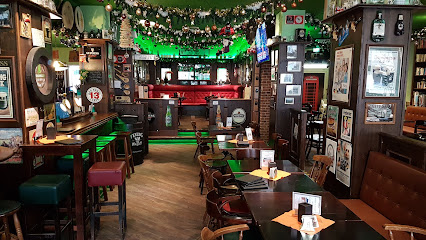
AMARO Bar - Dresden
0.2 km
Experience the vibrant nightlife of Dresden at AMARO Bar, where expertly crafted cocktails meet a cozy and inviting atmosphere.

Cocktailbar Pervak
0.2 km
Experience the vibrant and innovative cocktail culture at Cocktailbar Pervak in the heart of Dresden's Altstadt, where every drink tells a story.
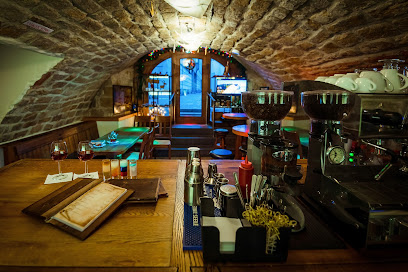
Bar 1705 - Dresden
0.2 km
Experience unparalleled luxury at Bar 1705 in Dresden, where exquisite cocktails and a chic ambiance await you.
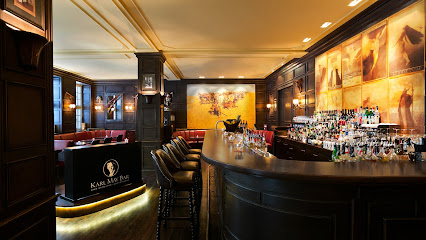
Gin House Dresden
0.2 km
Discover the vibrant Gin House Dresden, where exceptional cocktails and a lively atmosphere await in the heart of the city!
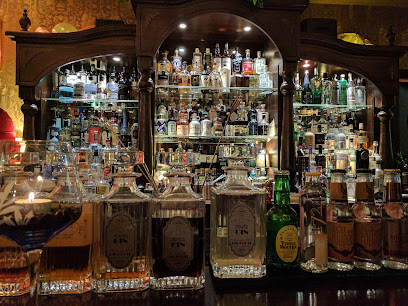
Twist Bar
0.3 km
Experience the vibrant nightlife of Dresden at Twist Bar, where creative cocktails and a chic atmosphere await every visitor.
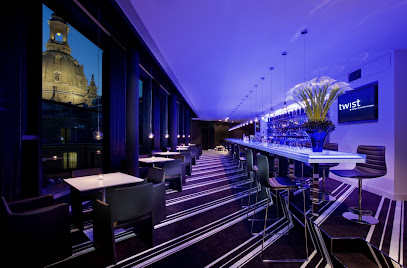
Pianobar
0.8 km
Discover the enchanting Pianobar in Dresden, where live music and exquisite cocktails create an unforgettable nightlife experience.
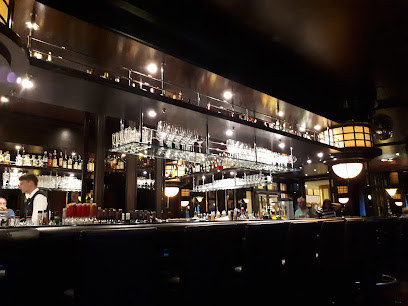
The Red Rooster - Dresden
0.9 km
Discover The Red Rooster in Dresden - a lively pub offering delicious food, a wide array of drinks, and a vibrant atmosphere perfect for socializing.
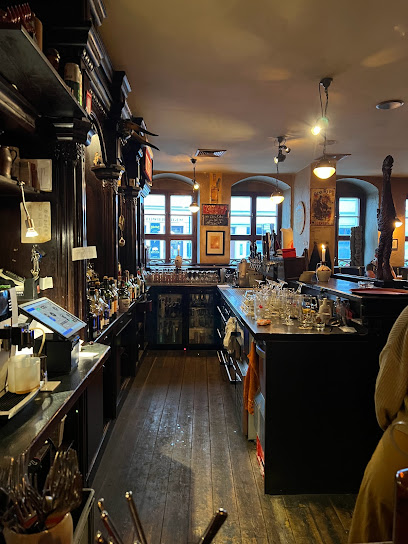
Volt Bar
1.0 km
Discover the lively Volt Bar in Dresden, blending exquisite drinks with a vibrant atmosphere for an unforgettable night out.
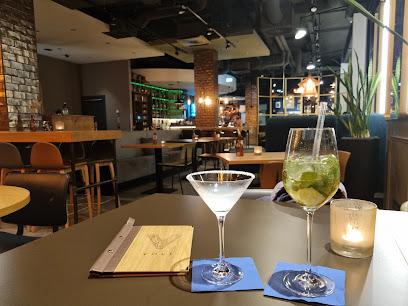
HERZ american bar - Dresden
1.1 km
Immerse yourself in the lively ambiance of HERZ American Bar in Dresden, serving exquisite cocktails and a taste of American bar culture.
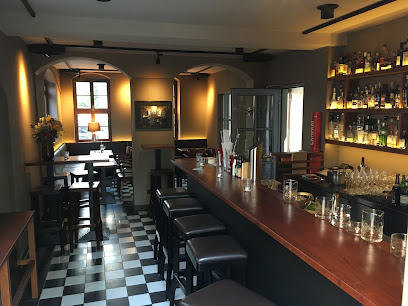
BBC – Bar Brasserie Cassis - Dresden
1.6 km
Discover the vibrant energy of BBC – Bar Brasserie Cassis, a top destination for drinks and light bites in Dresden's lively Neustadt district.
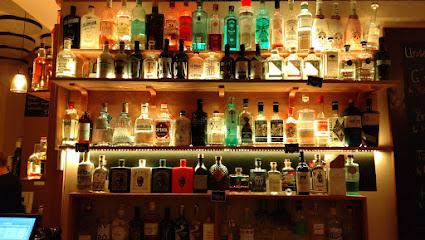
BBC Whisky & Gin House
1.6 km
Discover a refined selection of whiskies and gins in the heart of Dresden-Neustadt at BBC Whisky & Gin House, a premier bar for spirit enthusiasts.
